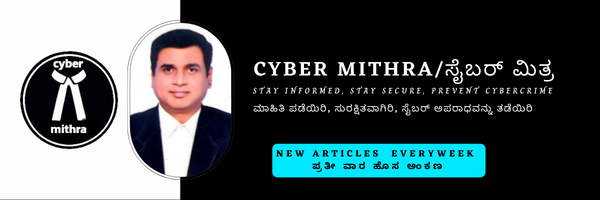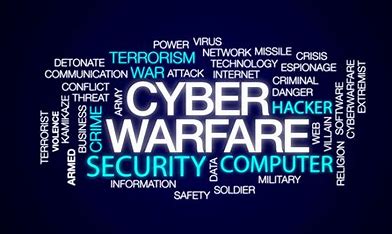What a Cyber War looks like?
For the last couple of weeks, I have been writing about prominent cyber attacks (Bangladesh Central Bank Loot and Iran Nuclear Reactor Attack). In this column I will explain how one country waged cyber war on another country and what were its consequences. Cyber warfare is now called the fourth dimension of warfare after land, air and water. You all may have read in the newspapers about the cyber wars between Russia-Ukraine and Israel-Iran, but the full information about these wars will not come out or it may take 20-30 years for the details to come out, so in this column I am going to tell about the cyber war carried out on Estonia in 2007 for which there is a lot of information/analysis in public domain.
Details of cyber war on Estonia :-
Estonia became an independent country from the Soviet Union on 20 August 1991 and became a member of NATO, the US-led defense group, on 29 March 2004. In April 2007, the Estonian government announced that the bronze soldier statue erected by the Soviet Union to symbolize the victory over Nazi Germany during second world war in 1947 would be moved from the center of Tallinn to a military museum. Russia strongly opposed this and threatened retaliatory measures if the project was not abandoned, but Estonia did not bow to this threat. On 27 April 2007, massive DDoS (Distributed Denial of Service) cyber attacks were launched on Estonia. By 2007, Estonia was among the developed countries and had digitized most of its public services. All government websites of Estonia, major public services such as water/electricity supply, hospitals, traffic management, bank/rail/air/bus services were the focal points of these DDoS cyber attacks. Within minutes of the cyber attack, all these services were overwhelmed with the amount of requests and stopped working resulting in the entire country coming to a standstill. Although Estonia immediately received help from many countries including the United States of NATO group, still it took many days to return to normalcy. Although it is not known exactly which country/group did the cyber attack here, it is suspected that the cyber group of the Russian government or army may be behind this attack.
What is a DDoS cyber attack?
The main objective of a DDoS (Denial of Service Attack) cyber attack is to create huge amount of fake demand/requests on a country’s/organization’s main website/network/computers/system way beyond its capacity to make it unavailable for its legitimate customers/requests. To put it in simple words, suddenly if a hundred people (for a not so important task like passbook renewal) come and join your bank teller queue, then the genuine customers who want to make a payment/withdrawal will not be able to carry out their tasks as that teller queue system is not designed for such number of requests. These cyber attacks are carried out by hackers using thousands of bots (computer programs) on various globally hacked computers (some of which may even be your computer/smartphone), so it becomes difficult for the program/system to know which is a genuine service seeker and which is a fake (bot) among the thousands of incoming requests.
Some Examples of Cyber War on India :-
India too has seen many cyberwar attacks in recent years, such as four months after the standoff with China in Galwan region, a major power supply system in Mumbai was attacked, leaving half of Mumbai without power for 10-12 hours as a result its suburban train, stock market operations were halted and hospitals were forced to support only emergency services. Later investigation revealed that this was a warning message from China to India on what they can do in the cyber domain. Another Incident happed on 2nd January,2017 when India’s elite National Security Guard (NSG) website claimed to be hacked by the Suspected Pakistan state affiliated operatives, leading to fears of leakage of critical sensitive information.

